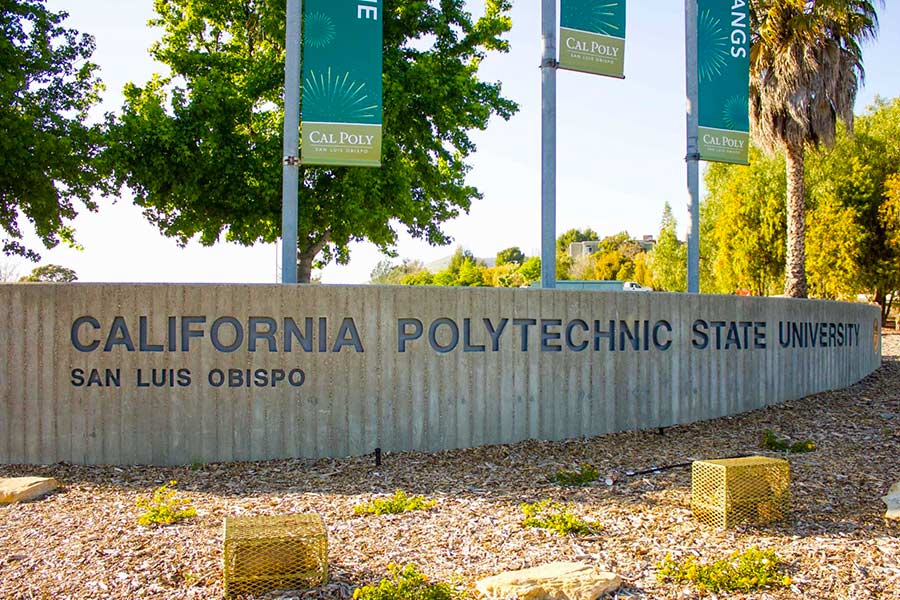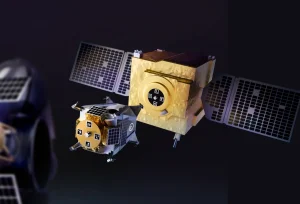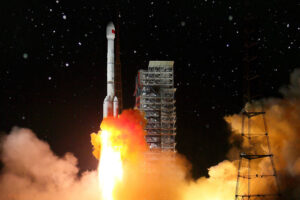Cal Poly Has Been Selected By NASA To Develop Technology For Lunar Exploration With a Small Satellite
16th Apr 2020
NASA, Cal Poly and nine other universities have joined hands to develop a new small satellite that will aid astronauts returning from the moon and also pave the path for more advanced exploration of Mars.
The Artemis Lunar Exploration Program from NASA has been created to aid returning men and women from the moon and expected to be operational by 2024. Cal Poly already has a brief working relationship with NASA via its CubeSat Lab; CubeSat’s are a bunch of small satellite bodies that are often no larger than a loaf of bread.
NASA and its partners are now working on a new class of small satellite spacecraft called SmallSats, which are about the size of a refrigerator and will work in the alignment of CubeSat to explore the deeper trails of outer space.
Most satellites launched by a small satellite launcher have a maximum altitude of 1,200 miles; however, these capabilities will be extended via such collaborative partnerships and approaches, which will help in more complex lunar exploration missions.
According to Cristopher Baker, the program executive of the Small Spacecraft Technology program, states that as they are prepping for the new age of crewed and robotic missions to the moon, it is also possible that the SmallSats small satellite could be used for exploration missions with navigation services or communication relays at the moon, similar to how GPS technology and communication satellites are used around the Earth.
What Are The Other University Teams and Partner NASA Small Satellite Centers?
The universities and the partner NASA centres for the development of small satellite are:
Arizona State University, Tempe
Collaborating with NASA’s Jet Propulsion Laboratory, California, this partnership will be working on the deployable wide-aperture optical communications receiver.
San Diego State University
This university will join hands with NASA’s Glenn Research Center in Cleveland to work on the development of two flat-panel, dual-band phased-array antennas, with the help of the 5G cellular technology.
University of California, Los Angeles
The university will be partnering up with JPL to develop the technology needed for lunar exploration, almost similar to the GPS technology that is used here on Earth.
University of Colorado, Boulder
Again in collaboration with JPL, the university will work towards the development of time signal, navigation, and communication distribution system, almost similar to the smartphone devices used here.
University of Texas, Austin
Collaborating with NASA’s Johnson Space Center in Houston, this university will work to create an intermediate-range terrain navigation system using optical navigation techniques by tracking lunar craters, instead of star tracking. All in all, a new small satellite launcher would be extremely handy in the space world.






Thank you for your comment! It will be visible on the site after moderation.